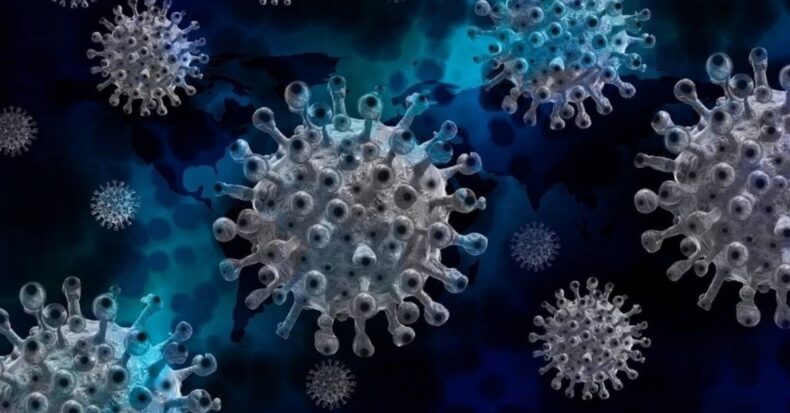As compared to single target approaches, concurrent inhibition of multiple SARS-CoV-2 targets along with inflammation and immunomodulation linked to tissue specific human targets may be more effective and have a significantly higher therapeutic potential in saving a COVID-19 patient, according to Dr. Mishra.

Coronaviruses are a diverse group of viruses infecting many different animals, and they can cause mild to severe respiratory infections in humans. Emerging coronaviruses have become a new public health concern in the twenty-first century as a result of the emergence in humans in 2002 and 2012 of two highly pathogenic coronaviruses with zoonotic origins, the Middle East respiratory syndrome coronavirus (MERS-CoV) and the severe acute respiratory syndrome coronavirus (SARS-CoV).
In the Chinese city of Wuhan at the end of 2019, a brand-new coronavirus known as SARS-CoV-2 arose and spread an uncommon viral pneumonia outbreak. This new coronavirus illness, also known as COVID-19 or coronavirus disease 2019, is extremely contagious and has spread quickly throughout the entire world.
Severe acute respiratory syndrome coronavirus 2 (SARS-CoV-2) is a highly transmissible and pathogenic coronavirus that emerged in late 2019 and has caused a pandemic of acute respiratory disease, named ‘coronavirus disease 2019’ (COVID-19), which threatens human health and public safety.
A group of researchers at Banaras Hindu University (BHU) led by Dr. Rajeev Mishra have found that Fortunellin which is a naturally occurring flavonoid molecule exhibits multi targeting potential against SARS- CoV-2 target proteins.
The research article titled “Computational exploration of the dual role of the phytochemical fortunellin: antiviral actvities against SARS-CoV-2 and immunomodulatory abilities against the host” has been published in international journal Computers in Biology and Medicine and is available online.
Dr Mishra said COVID-19 patients showed respiratory symptoms, multiorgan dysfunction and inflammation. Different symptoms and evolving symptoms may be experienced by those who have the COVID-19 infection. There are three typical symptom clusters that have been identified: one respiratory symptom cluster with cough, sputum, shortness of breath, and fever; one musculoskeletal symptom cluster with muscle and joint pain, headache, and fatigue; and one digestive symptom cluster with abdominal pain, vomiting, and diarrhea. In people without a history of ear, nose, and throat disorders, loss of taste combined with loss of smell is associated with COVID-19 and is reported in as many as 88% of symptomatic patients.
Although highly effective vaccines have decreased mortality associated with SARS-CoV-2, treatment is still crucial for those who have not yet received the disease as well as the estimated millions of immunocompromised individuals who are unlikely to respond well to vaccination. The cornerstone of management of COVID-19 has been supportive care, which includes treatment to relieve symptoms, fluid therapy, oxygen support, and prone positioning as needed, as well as medications or devices to sooth.
Due to inherent genetic mutability of SARS- CoV-2, most of the existing antivirals are ineffective against it. Hence, concurrent inhibition of multiple SARS- CoV-2 targets combined with inflammation and immunomodulation associated with tissue specific human targets might be more effective as compared to single target approaches and have significantly higher therapeutic potential in saving a COVID-19 patient he added.
“This made it necessary for us to look for a drug molecule that could be used to stop several SARS-COV-2 targets while also reducing inflammation and adjusting the immune system,” Mishra added.













